November Monthly Insights – Is AI in a bubble? Year-end Roth Tips
1. Is AI in a bubble?
I hear the “AI bubble” worry a lot—from clients, friends, and the news. Here’s how I’m looking at it for you:
Magnificent 7: Most of their 20% gain this year came from real earnings, not hype.
Forward earnings are up 17%.
Multiples added only 2.6%.
The other 493: More of the return came from multiples (about 7.6% of 14.3% YTD), with earnings 4.6% and dividends 1.8%.
So if there’s stretch in prices, it looks broader than AI alone.
(source: https://www.im.natixis.com/en-us/insights/charts-and-smarts#accordion-e2dbbab6ee-item-034ae1e749)
Valuation check: Based on Earnings insight from FactSet, the S&P 500 forward P/E is 22.9, above the 5-yr (19.9) and 10-yr (18.6) averages.
2. Is gold set to rise?
Gold has been a bright spot this year, and many of you have asked how it fits your plan.
2025 YTD (to 9/30): Gold is up 40%+, on pace for a third year of double-digit gains.
Based on Goldman Sachs’s report, Gold Is Forecast to Rise 6% by the Middle of 2026. (https://www.goldmansachs.com/insights/articles/gold-forecast-to-rise-by-the-middle-of-2026)
What’s driving it:
Central banks keep buying (about 900 tons expected in 2025).
Developed countries (U.S., Germany, France, Italy) hold 70%+ of reserves in gold, while many emerging markets hold <10%—room to catch up.
A slow shift away from the U.S. dollar continues.
Gold can help diversify your portfolio, but it depends on your goals, time frame, and risk comfort.
Gold as a percentage of total reserve holdings across select central banks
3. Year-end tax tip: Do you complete the Mega Backdoor Roth / Backdoor Roth?
I see this a lot: someone puts after-tax money into a 401(k) or makes a non-deductible IRA contribution… and then never converts to Roth. Later, they’re surprised that the earningsare taxable when they withdraw.
Why are earnings taxable if you don’t convert?
Your after-tax contributions (basis) have already been taxed, so that part comes outtax-free.
But any growth/earnings on that money is pre-tax until you convert.
If you don’t convert, those earnings are taxed as ordinary income when you withdraw in retirement.
For IRAs, the pro-rata rule applies at conversion or withdrawal (your pre-tax and after-tax dollars are mixed for tax purposes).
Are you in the same situation? Feel free to reach out and we’ll help you clean it.
How to do a Mega Backdoor Roth (401k)
Make your regular salary deferral (pre-tax or Roth).
Add after-tax contributions (if your plan allows).
Convert right away to Roth 401k (in-plan)
How to do a Backdoor Roth (IRA)
Contribute to a Traditional IRA as non-deductible (after-tax).
Convert to Roth IRA soon after.
Keep Form 8606 records of your basis.
Watch the pro-rata rule if you have other pre-tax IRA balances (roll those into a 401(k) first, if possible).
When this can make sense?
You already maxed regular 401(k) deferrals and still want to save more for tax-free growth.
You have steady cash flow and can convert quickly.
Know the Roth “5-year” rules and early-withdrawal penalties on earnings.
HCE testing can trigger refunds of after-tax dollars in some plans.


